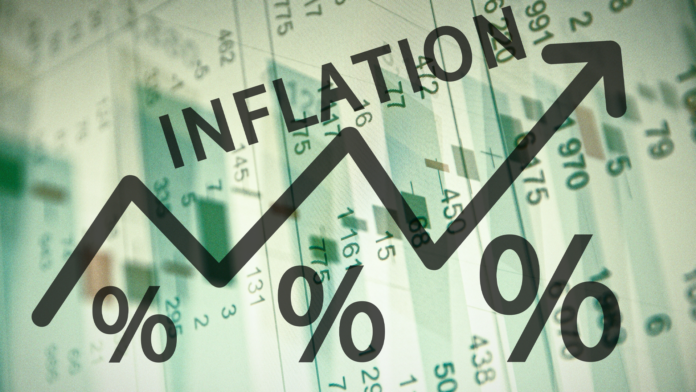Retail sales indicated a weaker-than-expected performance in May as retailers continue to grapple with persistently high levels of inflation.
Sales rose by 0.1% in May, a tenth of a percentage point below the Dow Jones forecast, according to a Commerce Department report Tuesday that is seasonally adjusted but not inflation-adjusted. Nonetheless, the result was barely better than the revised downward 0.2% decline in April.
On a year-over-year basis, sales increased 2.3%. Excluding autos, sales were down 0.1% compared to the estimate of a 0.2% increase.
Moderating gasoline prices helped lower service station revenues, which experienced a monthly decline of 2.2%. This was slightly offset by a 2.8% increase at sporting goods, music and book stores.
Online stores posted a 0.8% increase, while bars and restaurants experienced a 0.4% decline. Furniture and housewares stores also experienced a 1.1% decline.
Market reaction and Fed expectations
Stock futures were around the same level following the report, while Treasury yields declined.
The report comes amid investor anxiety about the path the economy will take and what it will mean for the future of the Federal Reserve’s monetary policy. Consumer spending makes up about two-thirds of all economic activity, so any weakness would signal a pullback in growth, possibly prompting the Fed to cut interest rates.
Recent inflation figures have been somewhat encouraging, although consumer spending is showing signs of weakening as consumers have been under pressure from rising prices for more than two years.
The Commerce Department’s measure, which the Federal Reserve uses as its main inflation gauge, registered an annual rate of 2.7% in April, or 2.8% excluding food and energy. The Fed is targeting 2% inflation.
Future outlook for monetary policy
Market pricing points to the equivalent of two interest rate cuts this year, of a quarter percentage point each, although Fed officials hinted at their meeting the previous week at the likely implementation of just one. Following the retail data, investors in the fed funds futures market increased their bets that the Fed would ease rates, estimating a 23% likelihood of three cuts this year, according to the CME Group’s FedWatch gauge.
Philadelphia Fed President Patrick Harker said Monday that it would be appropriate to cut rates this year only if the data supports it, and that he forecasts the possibility of a single downward cut.



